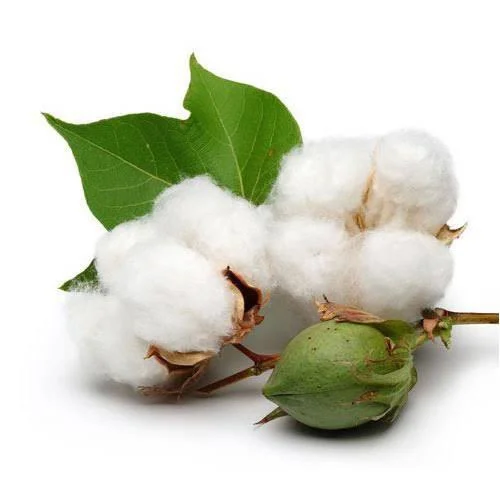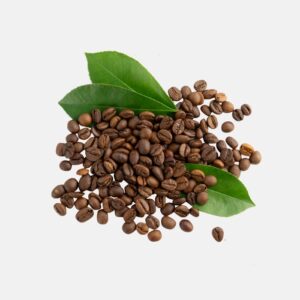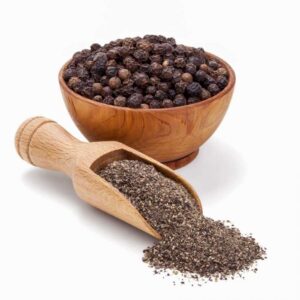Description
Description
Cotton seeds are the seeds of the cotton plant. Cotton seeds are ovoid, 3.5-10 mm long. They are densely covered with white or rusty, long and woolly hairs, called the lint, which is the main product used to make cotton textiles, and shorter hairs (linters).
Cotton is grown on every habitable continent, providing clothing, home goods and food to the world. The crop grows mainly in areas that have subtropical climates.
The part of the cotton plant that most people are familiar with is the fiber, or lint. The lint is used to make cloth—for towels, clothes, sheets, etc. The cottonseeds from the plant are crushed into cottonseed oil, which can be used in everyday items such as cooking oil and salad dressing, and into hulls and meal, which are used for livestock feed.
Various types of cotton are grown all over the world. In the United States, upland cotton, which is indigenous to the Western Hemisphere, is the predominant type. Pima, or extra-long staple, cotton is grown as well, and it is considered higher-value cotton.
General
| Brand |
|
| Model Name |
|
| Quantity |
|
| Common Name |
|
| Flowering Plant |
|
| Suitable For |
|
| Type of Seed |
|
| Organic |
|
| Family |
|
| Scientific Name |
|
| Uses |
|
| Soil Nutrient Requirements |
|
| Sowing Method |
|
| Net Quantity |
|
Additional Features
| Care Instructions |
|

 Cart is empty
Cart is empty 




Reviews
There are no reviews yet.